Consistency is the absolute priority when it comes to growing medical cannabis. Consistency does not only refer to the aesthetic of the cannabis flower, but most importantly its chemotype: medical cannabis must be consistent both in terms of aesthetic and chemical composition. “Our company was formed to serve the medical industry,” says Pat Scanlon, Cofounder and Head of Cultivation at CannTx Life Sciences Inc. “That’s where our foundation is. Because of that, we have always focused on growing consistent medicines for patients, both in terms of how they look and the effect they provide: we have designed our growing facility and practices with that in mind.”
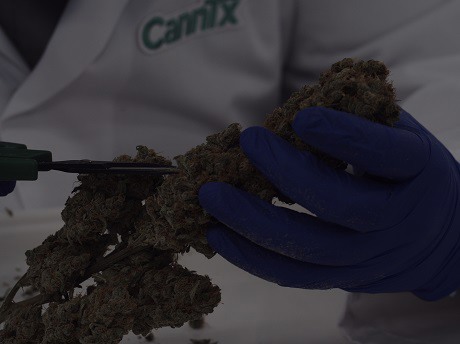
Hygiene and cleanliness
One of the most important elements of such an approach is the utter attention to hygiene and cleanliness. “Biosecurity is absolutely one of the biggest challenges for the industry,” Pat explains. “One thing is to be and stay clean, but how do you truly validate the result? For us, that also means clean input materials. We understand that there are some bacteria and fungi that are beneficial for cannabis, and we use beneficial inoculum where appropriate, but there are also a lot of pathogens circulating the industry. That is why we rely on our own in vitro derived clones, so that our starting material is as clean and healthy as possible.”
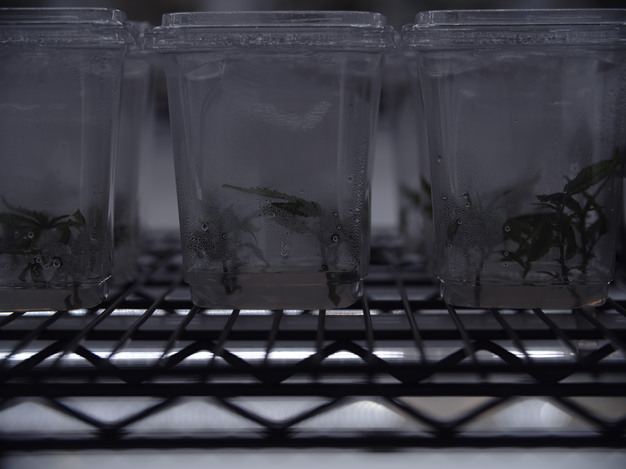
Propagation
At the same time, setting up a sophisticated propagation department for a cannabis growing company is extremely difficult and time consuming. “The biggest challenge of utilizing tissue culture is to get the material clean in the first place,” says Pat. “And to validate that, you need to set up specific standards and corroborate that with culture-based and PCR testing. To accomplish this, we focus on the data. Data applies to all aspects of our cultivation, otherwise you are merely guessing. We use environmental sensors and other data collection tools. Then, we validate that data and take time to fine-tune each single aspect. We organize our data on a web-based mobile app we developed. It takes some time, and it has its own cost, but it is totally worth it in the end.”
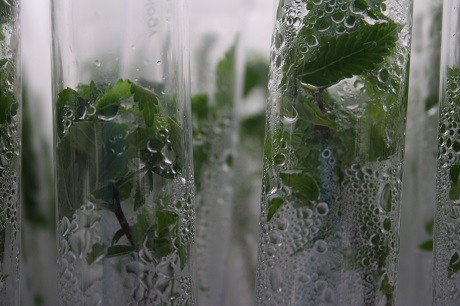
Since relying on clean and healthy starting material has proven so effective, Pat and CannTx have decided to supply other Canadian LPs with their superior clones. “We recognized how challenging sourcing high quality material is, as well as setting up your own tissue culture lab. That is why we started to offer this service to other producers. We are trying to help others get the results they are looking for.” For this reason, CannTx not only distribute tissue culture clones, but they also help growers better understand the intricacies of their cultivars thus allowing them to express their full genetic potential. “When we deliver inputs, we also deliver a set of protocols,” Pat points out. “Beyond that, we help clients with that initial validation set up involving sanitation and hygiene. We do this because you can have the cleanest and healthiest inputs, but if you haven’t cleaned your room properly, then they are of lesser value.”
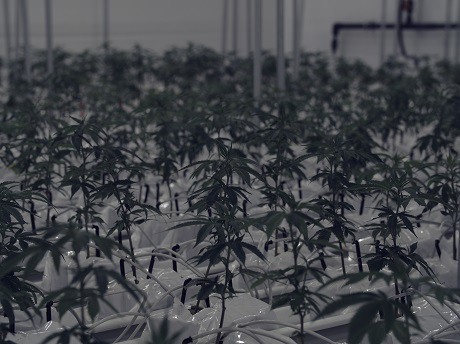
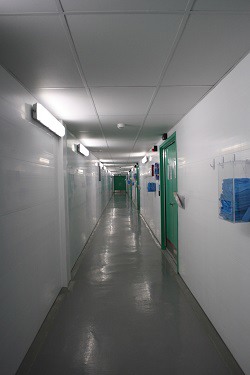
"Gotta keep 'em separated"
Exactly for this reason, the tissue culture lab of CannTx is completely separated from the actual cultivation. “We have a different team that takes care of that specifically, and they are the only people allowed to enter that space,” Pat remarks. “We want to minimize human exposure to plants. We are the one of the main carriers of pathogens, and therefore we need to control that. The less time we spend in there, the better it is for the plants. Thus, we rely a lot on automation and precision instrumentation to deliver nutrients and water. Our facility has a footprint of 30,000 sq. ft., split over eight smaller rooms, each with its own hydronic system and dew-point controls. In addition, we use rolling benches with gutters, as opposed to flood trays, to allow a better air circulation and ease of work.”
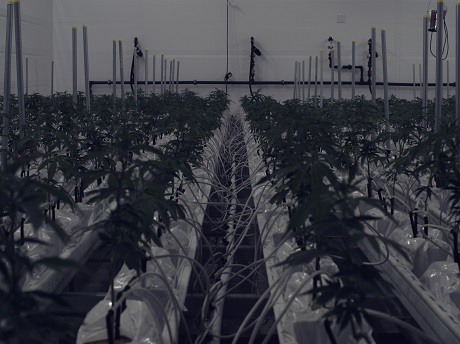
According to Pat, the future of the cannabis industry is very much connected with the ability to develop and improve cultivars that are resistant to pathogens and insects. “That’s where we play a critical role,” he says. “By validating germplasm for agronomic traits, pathogen resistance, in addition to chemovar, and by setting up our tissue culture lab to provide additional scalability, we are quite literally cleaning up the genetics game.”
For more information:
CannTx Life Sciences
350 Bay Street, 13th floor, Toronto, Ontario, M5H 2S6
canntx.com
